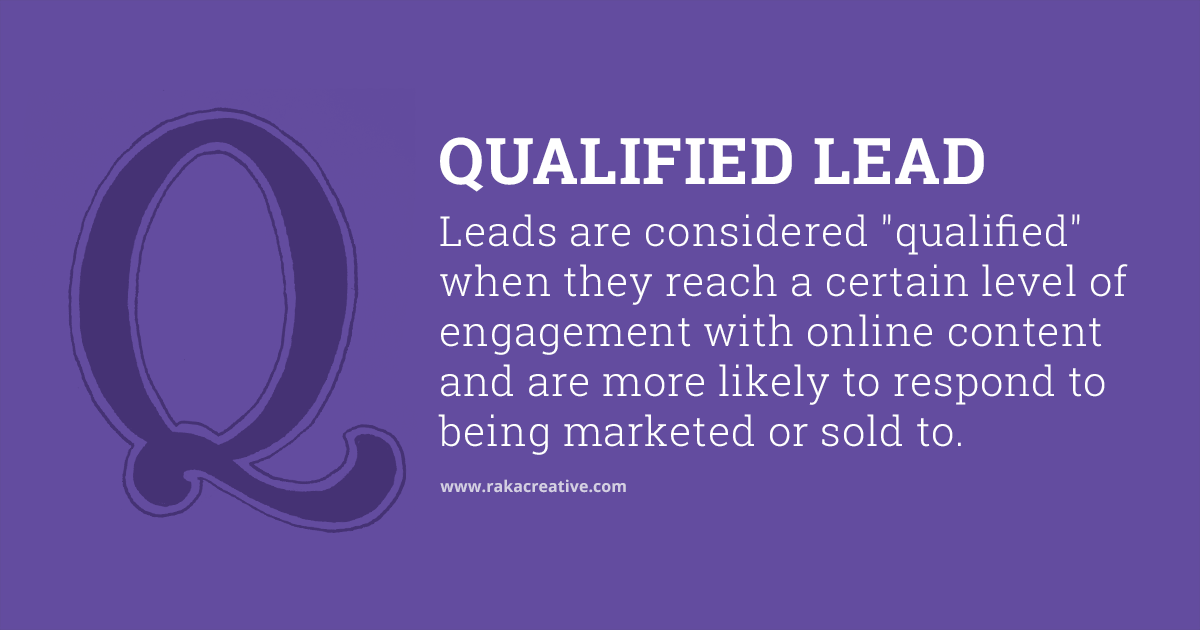Contrary to what you may have heard, email is not metaphorically floating facedown in a lake somewhere. It’s alive and well, and remains one of the most effective ways to reach your audience with valuable content and lead nurturing messages.
If you’re doing the whole inbound marketing thing well, chances are that email is actually your primary connection to your newer leads. It’s how you deliver relevant content and nurture the brand relationship that will eventually—hopefully—turn that lead into a customer.
Of course, that assumes that your email list is healthy, clean, and well-vetted and that you’re not committing some of the classic mistakes that have doomed many a marketer. If you’re new to email marketing or your efforts are in shambles, we’re here to remind you of the best practices every marketer needs to know.
1. Don’t buy email lists
We have all worked for a company at some point that took a stroll down this ethically-compromised road. Repeat after me: This is never, ever a good idea.
Let’s start with an acknowledgment of what you’re getting when you buy a list: You are getting a list of people who may not even be aware of your brand, sourced from god-knows-where, and adding them to your database.
Even the best opt-in lists didn’t opt-in to receive emails specifically from your business, and you wouldn’t know 99 percent of the contacts on a given list if you passed by them on Twitter. You have no idea how many of them are honeypots custom-made to capture your email and identify you as a spammer, and even if the list is squeaky clean, these people don’t know who you are.
For the pleasure of dealing with all this headache-inducing uncertainty, you have to pay anywhere from $100 to a couple thousand bucks. Hard pass.
2. Don’t send unsolicited email
Put yourself in your prospect’s shoes. Imagine you have spent a total of one minute on a business website, or even worse, you’ve never visited. Now imagine your email flag flies up for a message that says “Learn More About Bruce’s Juices!” You’re really more of a milk fan, and you’re really tired of getting spam messages, so you go ahead and flag the missive as spam.
This is what plays out all too often when you send unsolicited email. It’s tempting to pair the notion of a massive send (say to 30,000 people) with bigger results, but it rarely works in today’s email environment, where people value customization, relevance, and interesting content.
If you think we’re overreacting, you haven’t heard of sender score. The score is usually on a 0-100 scale, and serves as a credit score email providers can use to check your trustworthiness. A low score can severely impact the delivery of your marketing messages. If you’re interested in seeing how you currently stack up, check out a service like ReturnPath’s Sender Score.
It’s best to be patient, spin up some great inbound campaigns that encourage prospects to give you their email addresses, and then send them highly customized campaigns they’ll find appealing. Your ROI will be orders of magnitude better for it.
3. Don’t send out wide-ranging blasts
This one’s very simple: The larger the list you’re sending to, the less vetted it is, the less customization can occur, and the less likely you are to escape the dread specter of blacklisting, which can put the brakes on your email marketing for an unpleasantly long time. Even if you have 50,000 email addresses you collected by being a great inbound marketer, sending a blast of that size means a ton of unsubscribes.
It also means a potentially unmanageable number of inquiries and a less effective message than you could have sent if you had broken that list down into bite-sized chunks by demographic information or interests. If you’re staying on top of your list and focusing on value, the thought of sending one of these blasts won’t even cross your mind.
4. Keep your email list clean
Decay is inevitable in our universe, so of course it’s also inevitable for your email lists. The best estimates say that 10-25% of a typical email list will decay—meaning that the email addresses will become inactive or compromised—within a calendar year. That means you need to keep your list fresh, well-monitored, and well-segmented.
To do this:
- Remove (or at least segment out) any email address that hard bounces once, or soft bounces a handful of times
- Segment your larger lists intelligently by the types of content and offers you believe your prospects and customers will be interested in, and if possible, by factors like persona or engagement
- And finally, monitor your lists well for signs of trouble or weak performance
If the task sounds daunting, get your hands on some smart database management and email marketing tools, like the ones offered by HubSpot and Pardot/SalesForce. They’ll help you automate the process and free you up to do the important work of making your email campaigns the best they can possibly be.
Make sure to check out our guide to buyer personas below so that you’re directing the right emails to the right people!





